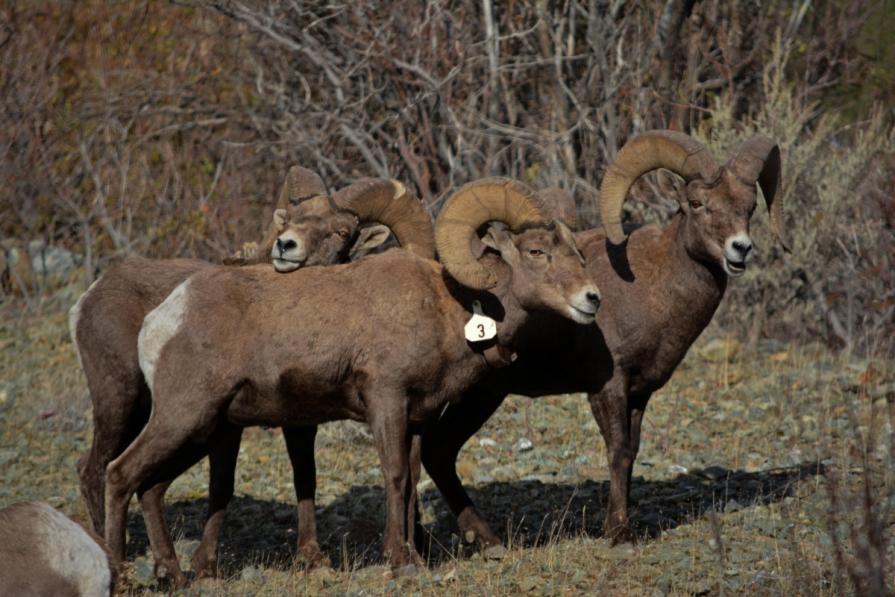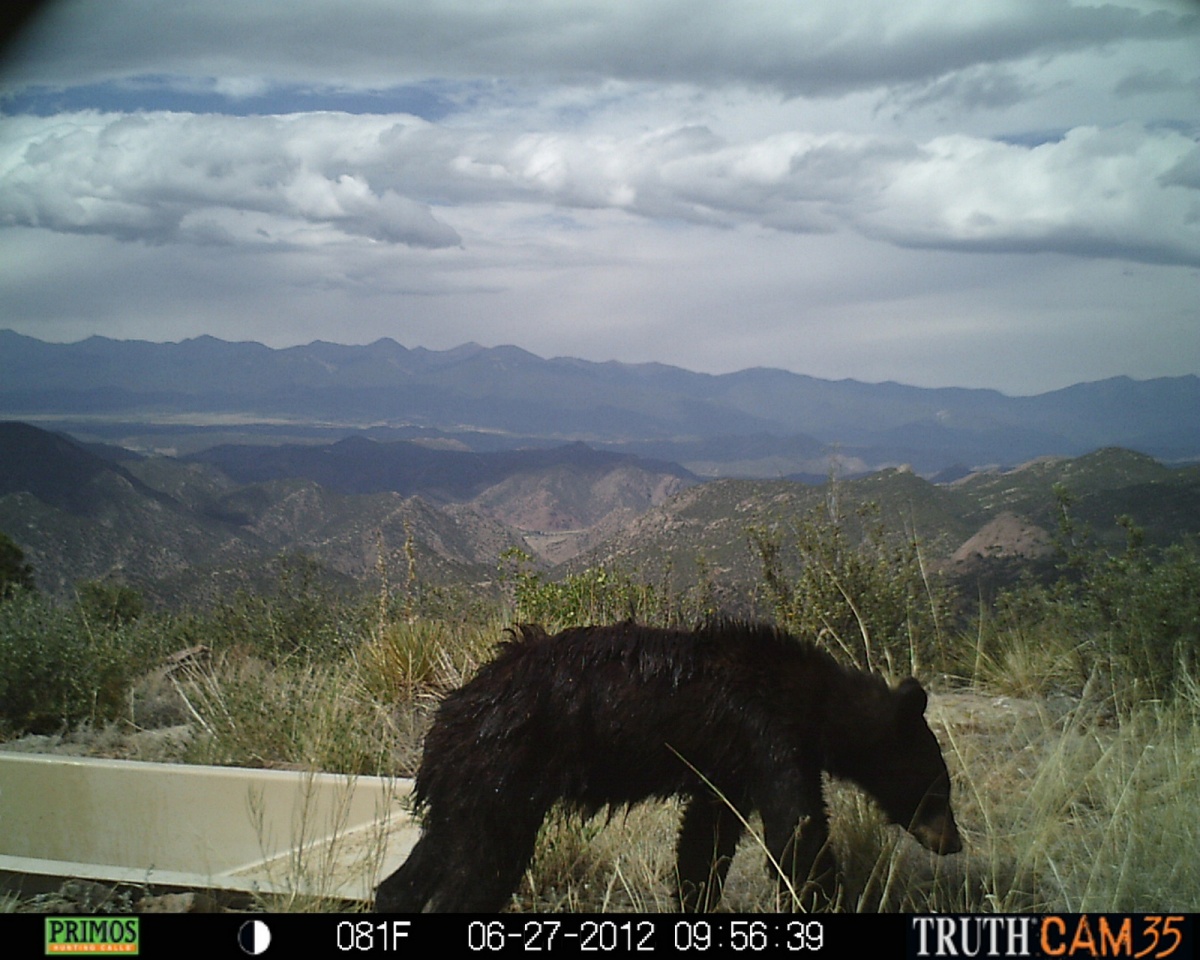
Featured Projects
The BLM manages wildlife habitat primarily in western shrublands, grasslands, woodlands, forests, and riparian areas, as well as glaciers and Arctic tundra in Alaska. If a habitat or watershed analysis indicates a need for action, the BLM works to improve habitat conditions through vegetation treatment programs and building special habitat projects. Wildlife projects include projects such as creating water developments, wildlife-friendly fences, nesting platforms, and erosion control structures.
To help maintain water resources for wildlife in the arid West, the BLM constructs, enhances and maintains springs, water holes, stock ponds, reservoirs, wells, and guzzlers. As part of this work, the BLM collects data to verify locations of water sources and determines their water quality, capacity, and beneficial uses.
In addition to improving habitat for a variety of plants and animals, the BLM also takes actions to recover specific species of concern. Typically, these actions are prescribed as part of an approved conservation plan for plants or animals identified as special status species.
Monitoring progress toward conservation priorities is crucial. Information is either collected directly from the field or indirectly through remote sensing and photo interpretation. BLM biologists routinely monitor habitat conditions and populations of resident and migratory animals, including neotropical migratory birds, raptors, waterfowl, shorebirds, amphibians and reptiles.
BLM field and state biologists work with partners to restore habitat for big game, including reestablishment of bighorn sheep into historically occupied habitats, and improving habitat quality for a large variety of wildlife, including deer and elk, pronghorns, quail, and other game species.

